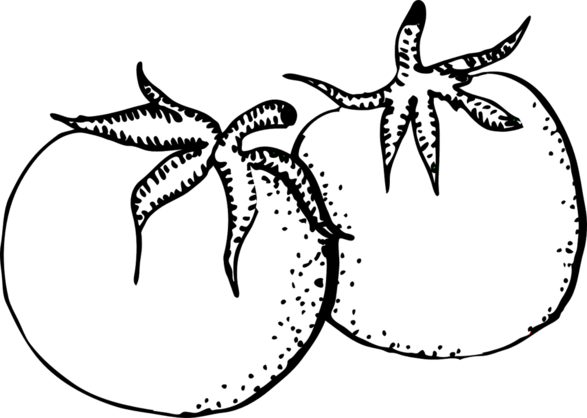Chapter 2: Relative Space and Time
Behind and In front of
Cat is behind the hut
Dog is in front of the hut
Cloud is behind the mountain.
Tree is in front of the mountain.
Colour Play
Classroom Activity
- Explain the classroom surrounding using the words 'behind' and 'in front'
Eg. The black board is behind the teacher. The table is in front of the teacher.
- Make the children stand in a straight line (one behind the other) and ask the following:
Name the person in front of you and the one behind you.
Shuffle their positions and repeat the same question.
Playtime at Home
Play hide and seek with your friends at home and name the things you hid behind.
Note: The names can be discussed in class to reinforce the concepts from Chapter 1.
Eg. Things you hide behind are bigger than you.
Outdoor Activity
Visit a public place to understand the concept of a queue.
For eg. Bus stand.
Samskrit Vocabulary
In front - पुरतः |
Behind - पृष्ठतः |
Inside and Outside
Fruits are inside the basket. Flowers are outside the basket.
Boy is inside the house. Cycle is outside the house.
Sorting Activity
Circle the rabbits inside the basket.
Circle the flowers outside the bouquet.
Circle the animals inside the shed.
Classroom Activity
Make two groups of children and ask them to take turns in naming things inside and/or outside the classroom respectively.
Note: This increases awareness of their surrounding as well as vocabulary.
Playtime
Children can be introduced to the play of Kancha (Marbles). Also known as Golli, Goti and Lakhoti,[1] Kancha is a traditional Indian game[2] that involves the use of round glass marbles or kanchas. Several children can participate at a time in this game. The objective here is to collect the maximum number of marbles.[1] There are various ways of playing this game.
- In the most simple version, a circle in drawn on the ground and all the marbles (except one) are placed inside the circle. Using the remaining single marble, each child should try to move the marbles outside the circle by throwing the marble into the circle. Any marbles they knock out of the circle, belongs to them. This play rotates from one child to another until all marbles are claimed. It helps if the shooting marble is of a different color from the marbles in the circle.
Shooting technique: Bend your index or middle finger backward slightly, place the marble on the fingertip, and release the finger which will shoot the marble forward.[3]
- Alternatively, a circle is drawn and marbles are placed inside it to form the pattern 'X'. Children should try to scatter the marble formation by throwing a marble inside the circle using their thumb and knuckles. The number of marbles in the ‘X’ pattern that move when the marble is thrown belongs to the child. However, if any of the marbles go outside the circle, it has to be placed back inside the circle in the centre. Taking turns, the game continues till there are no more marbles to be claimed.[4]
- In another version, on a leveled even ground, a small hole is dug up. Children should kneel down away from the hole and try to send the marble inside the hole. For this, the marble is to be held tightly to the forefinger of the left hand. Then, stretching the finger back by the pressure of the forefinger of the right hand, the marble is released pushing the other marble into the hole. Taking turns, children should aim to push all the marbles inside the hole.[2]
Note: This game also subtly introduces children to an understanding of distance, force and speed.
Home Activity
Help your mother fill in groceries inside boxes. For eg. Grains, Pulses, etc.
Samskrit Vocabulary
Inside - अन्तः |
Outside - बहिः |


